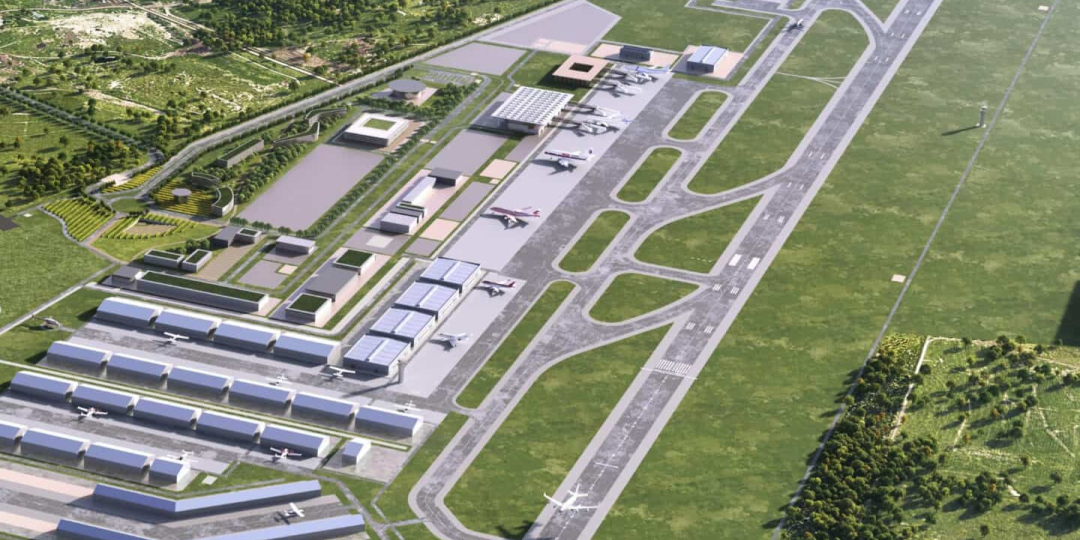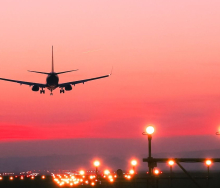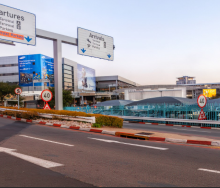Phase 1 of the construction of the Cape Winelands Airport – estimated to cost R7bn – is set to begin and the developers have started the process of obtaining environmental approval to transform and develop the existing infrastructure into an international commercial airport.
The airport’s website says the strategic importance of the airport transcends tourism, aligning with Cape Town’s thriving business landscape. “The core goal is to establish a cohesive link with Cape Town, fostering a partnership that mutually benefits both the city and the airport.”
It lists the following benefits to the region:
Scheduled Airline Services for domestic and international passenger and cargo operations.
General Aviation for domestic and international, unscheduled and private operations.
Alternate Airport for fuel-planning purposes and environmental savings.
Reliever Airport, adding redundancy and diversion capability for aircraft in the region.
Logistics Hub catalysing multi-modal commercial activity in the region and stimulating economic growth.
Commercial Property Developments stimulated and enabled by the above.
The airport could have an important role to play as a ‘planning alternate airport’ for flights heading to Cape Town. A planning alternate airport is a designated airport that flight crew plan to divert to in case of unexpected events or emergencies during a flight. It is a back-up airport chosen as part of the flight-planning process to ensure the safety and availability of an alternative landing site if the primary destination airport becomes unavailable due to weather, equipment issues, or other factors. For most long-haul operations inbound to Cape Town, the alternate airport used by airlines for fuel planning is OR Tambo 1 270km away, requiring approximately two hours of additional fuel to be carried on each flight. The additional fuel places a significant weight burden on airlines, resulting in increased payload restrictions, increased fuel burn and increased carbon emissions.
Phase 1 of the construction includes the reorientation of one of the four runways and its extension to a Code 4F runway (3 500 metres) capable of accommodating wide-body aircraft. Additional aircraft parking stands will be created.
This phase also includes the construction of a passenger terminal that will accommodate 5,5 million pax per year.
At a later stage, hotel accommodation, a heliport and warehousing and logistics facilities are planned. If demand warrants it, development of landside commercial real estate is also on the cards.
The airport is 13km northeast of Durbanville.














